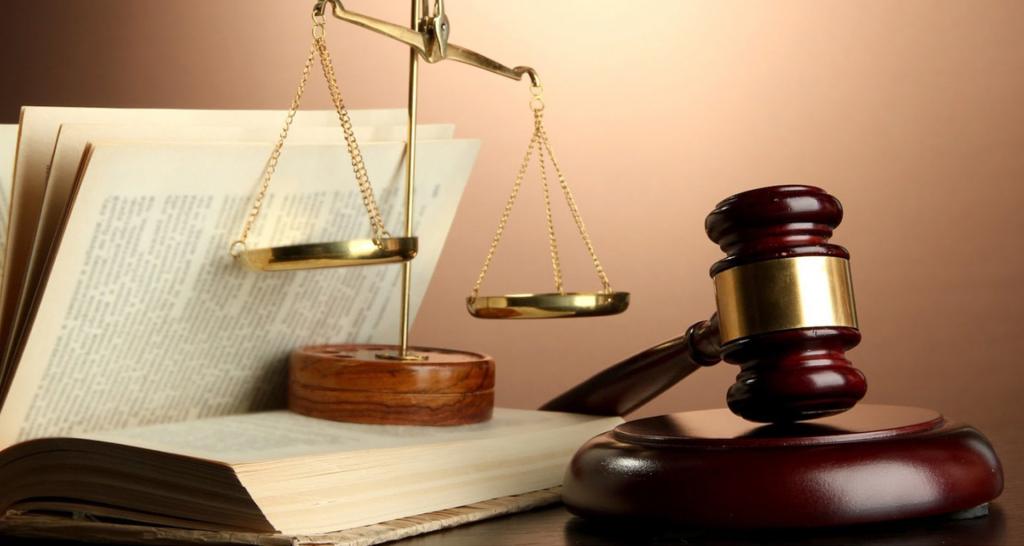It is important to understand that the protocol of the trial in the criminal case, the model of which is presented in this article, has one very important feature - it plays the role of the main evidence that the trial was held and it did not carry out substantive questions. Further, we will discuss the main features of this document, as well as the intricacies of its preparation.
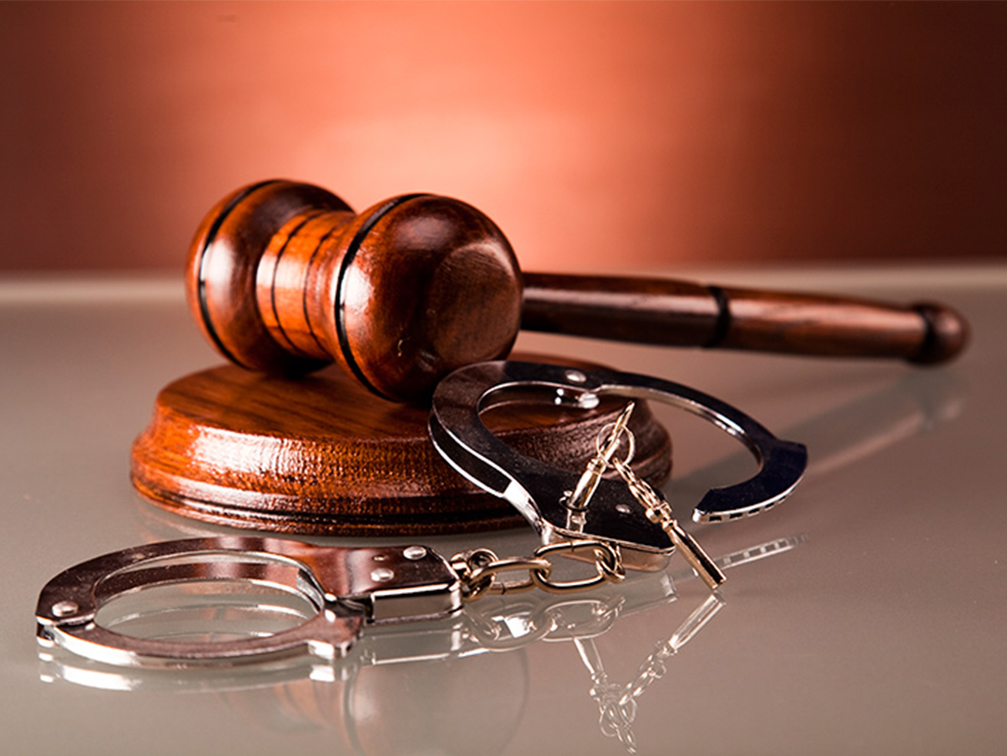
General concept
The minutes of the criminal case, an example of which is presented below, is a document in written format. It contains data on the participants in the process, the actions taken by him, the issues addressed, and the decisions made.
Experts in the field of jurisprudence quite often talk about the importance of this act in the conduct of criminal proceedings, since its content indicates all those actions that were carried out during the trial. That is why in the specialized literature the document under consideration is often referred to as a “meeting mirror”.
It is worth noting that the procedure for maintaining this document is governed by the Code of Criminal Procedure of the Russian Federation.
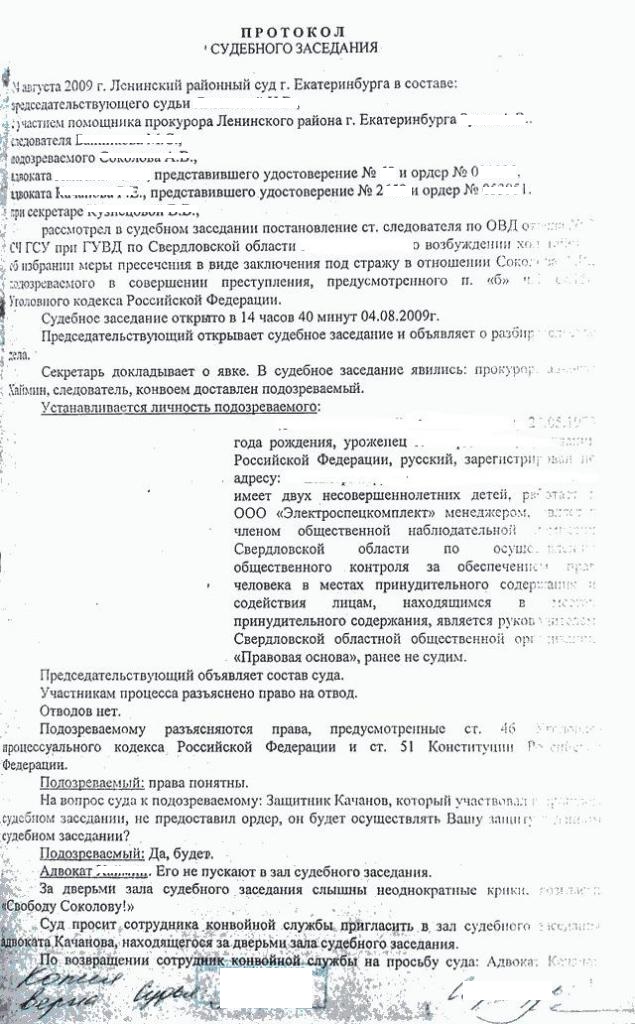
Protocol value
The peculiarity of the protocols of the court session in criminal cases (in the Russian Federation) also lies in the fact that the document in question carries out serious tasks in the field of application of the rule of law.
Practicing lawyers often point out that the record of a court session is nothing more than a guarantee of a full list of subjective rights for all participants in the current process. This is due to the fact that it is on the basis of the content of the document in question that an assessment is made of the validity of the decision made by the court, as well as its legality.
It is also important to note that the significance of the minutes of the court session is manifested in ensuring that the higher authorities have the maximum opportunity to control the proceedings conducted in relation to a specific criminal case.
Who keeps the protocol
Based on the criminal procedural rules, keeping a protocol is a type of activity that is assigned to a person specially designated for this - the meeting secretary. Record keeping by a judge in person is also permissible, but in reality this possibility is not realized due to its impracticality.
An important factor is the person's disinterest in the course of events. It is worth noting that in case of establishing the interest of the person in the outcome of the case under consideration, any party taking part in it has the full right to a challenge to the secretary.
It is worth noting that the official under consideration is not only responsible for maintaining the protocol. This specialist should carry out clear planning of all upcoming actions that are procedural in nature.
The protocol should be drawn up directly in the courtroom.

Document form
It is worth noting some of the requirements put forward in the form of expressing the minutes of the meeting. So, on the basis of legislation, it should be issued on a blank form, in handwritten or printed form. Currently, most of the court proceedings are conducted in electronic form, which greatly facilitates the process of issuing copies of protocols, as well as their preparation.
It is important to note that the drawn up protocol will be considered valid only if it is drawn up in strict accordance with the requirements of the procedural legislation, and also has the signatures of a judge and a secretary who are directly involved in the hearing of the case.
Information indicated in the document
By examining the sample protocol of the court hearing in a criminal case, you can determine the list of data that should be indicated in it. These include:
- venue of the meeting, as well as its date;
- The exact time the hearing began and ended;
- full name of the court;
- the composition of the court hearing the criminal case, as well as the name and initials of each judge, secretary, and representative of the state prosecution;
- data regarding the appearance of each participant in the process, as well as information regarding the explanation to them of their legal duties and rights;
- definitions and orders made by a judge at the very beginning of the hearing (if any);
- applications and petitions submitted by persons participating in the process;
- testimonies of the parties, as well as other persons invited to the hearing;
- information regarding the presentation of evidence;
- summary of announcements made by the prosecutor;
- Summary of debate held by the parties;
- data regarding the decision made by the court;
- data related to the opportunity to familiarize themselves with the protocol of the process participants and interested parties;
- information regarding the use of audio and video communications in the conduct of the meeting;
- date of preparation of the document.
It is worth noting that all the listed data should be presented in the document in the exact order in which they are indicated here.
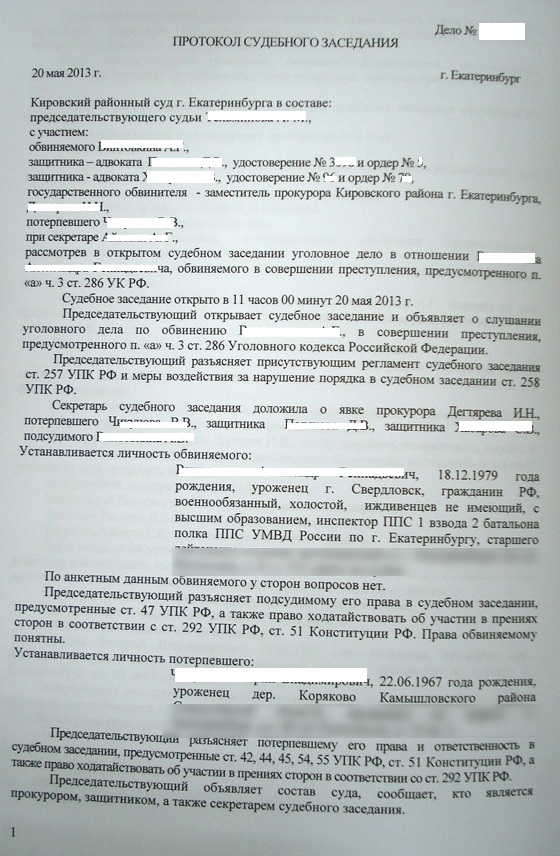
Additional Protocol Tools
In fact, the process of compiling a trial record of a criminal case often presents some difficulties associated with the need to quickly respond to the course of events. In order to facilitate the process of compiling a document, as well as to ensure its completeness, in practice this process is often combined with shorthanding, as well as the use of video and audio recording tools, which must certainly be noted in the content of the document. It should be noted that the carrier of recorded information should also be attached to the protocol.
Protocol notes
It is worth noting that any person participating in the hearing has the full right to study the information entered in the minutes of the meeting and, in case of personal disagreement with them, to petition for amendments. In accordance with the norms of the Russian procedural legislation, such an action can be carried out within five days from the date of the meeting.
The dissenting person must submit all available comments in writing, by transferring the material to the judicial office.
Received written comments on the protocol should be considered by the judge leading the process and signing the protocol. After studying the information, he must agree with the requirements or reject them in whole or in part, at the same time making a reasoned determination in this regard.
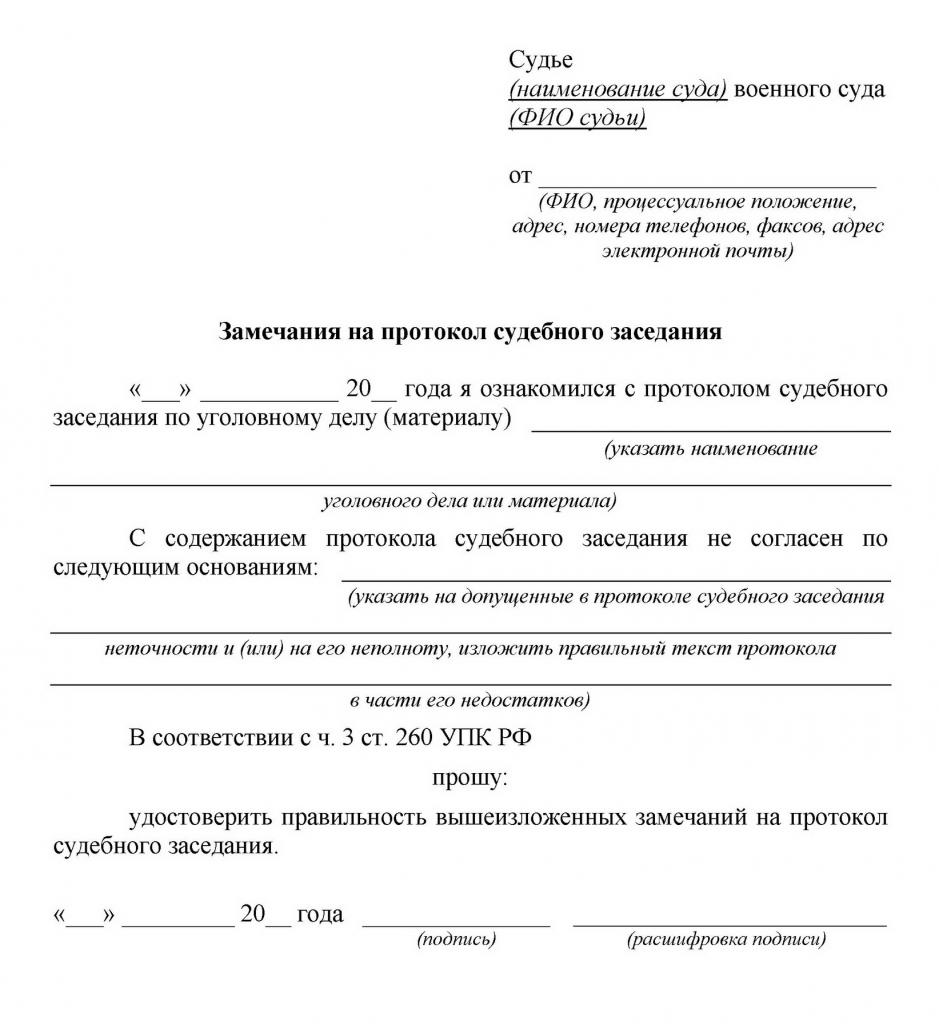
Protocol Dates
Based on legislative requirements, the form of the protocol of the trial of the criminal case must be presented in finished form no later than three days from the date of the hearing of the materials. During the same time frame, the document must be certified by the signatures of the judges and the secretary of the meeting. In the event that a separate procedural action has been taken, the protocol reflecting it must be prepared the next day after its implementation.
It is important to note that all parties directly involved in the criminal case, as well as their representatives (if there is a supporting document), have the full right to familiarize themselves with the information contained in the document, as well as to make written comments on the fact of violations and inaccuracies discovered. Interested parties can carry out such procedures only after the case with the file sewn into it is handed over to the court registry - from that moment no more than three days are allotted to this.
How to familiarize yourself with the protocol
It is worth noting that the procedure for acquaintance with the prepared minutes of the meeting should be carried out exclusively within the framework of the procedural law. He regulates this possibility within a five-day period from the moment the document is submitted to the court of justice.
If you want to get acquainted with the information presented in the document, the interested person must submit a request of the appropriate content within the established time limits. If the petition is approved by the judge, the person gets access to the materials and within the established time has the opportunity to get acquainted with them, as well as the data presented on the media recording the process itself, if any. The issuance of the protocol of the court hearing in the criminal case is carried out exclusively in the courthouse, for which purpose the institutions have a specially allocated room.
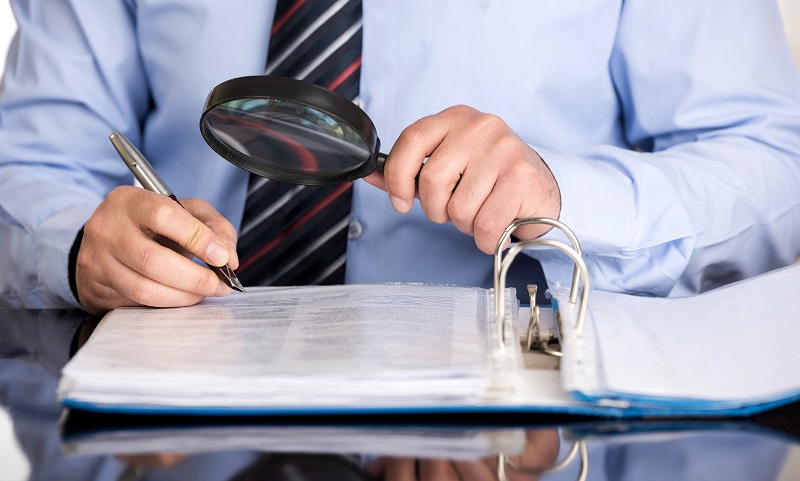
Issuing a copy
It is worth noting that a person who is a party to the criminal process or a representative of any of them has the full right to receive a copy of the document in question.
In order to get a copy of the minutes of the criminal case, the interested person must submit a statement of the appropriate content. After consideration of such and its signing by the judge within three days, the clerical officers are obliged to prepare an exact copy of the document for its issuance and, after being certified by the judge’s signature, send it to the person who requested the document.
Legal experts often note that requesting a copy of the protocol is another way of familiarizing yourself with this type of document of a procedural nature, a significant advantage of which is that when it is used, a duplicate of the act remains in the hands of the person.
It is important to note that a person has a limited period of time to perform this action - 5 days from the moment of signing the protocol and its transfer to the court registry.
Practice shows that in some situations, the court refuses to provide copies of the protocols. Procedural law recognizes this action as unlawful, on the basis of which lawyers recommend appealing such a decision in a procedural manner.

Issue
Currently, many specialist lawyers are studying the problems in the field of criminal law, one of which is the presence of gaps in the process of preparing the minutes of a court hearing in a criminal case and its implementation in practice.
Many experts believe that Article 259 of the Code of Criminal Procedure, which governs the preparation of the document in question, is subject to revision and amendment. This is due, first of all, to the fact that it, in essence, casts great doubt on the legality of the minutes of the meeting drawn up during the hearing of a criminal case, despite the fact that this document is the only evidence of the factual most important procedural action.
Many lawyers share the opinion that the content of the article in question does not contribute to the correctness of the protocol. Also, the testimonies of the parties presented in the document are in fact not always considered doubtful.
The above opinions are based, first of all, on the fact that in practice there is a widespread practice of the parties to the process submitting comments on the contents of the protocol, which, for the most part, are rejected by the judges. In this regard, many people have a suspicion about the lack of impartiality of judges, as well as their bias and, as a consequence, the injustice of their decisions.
